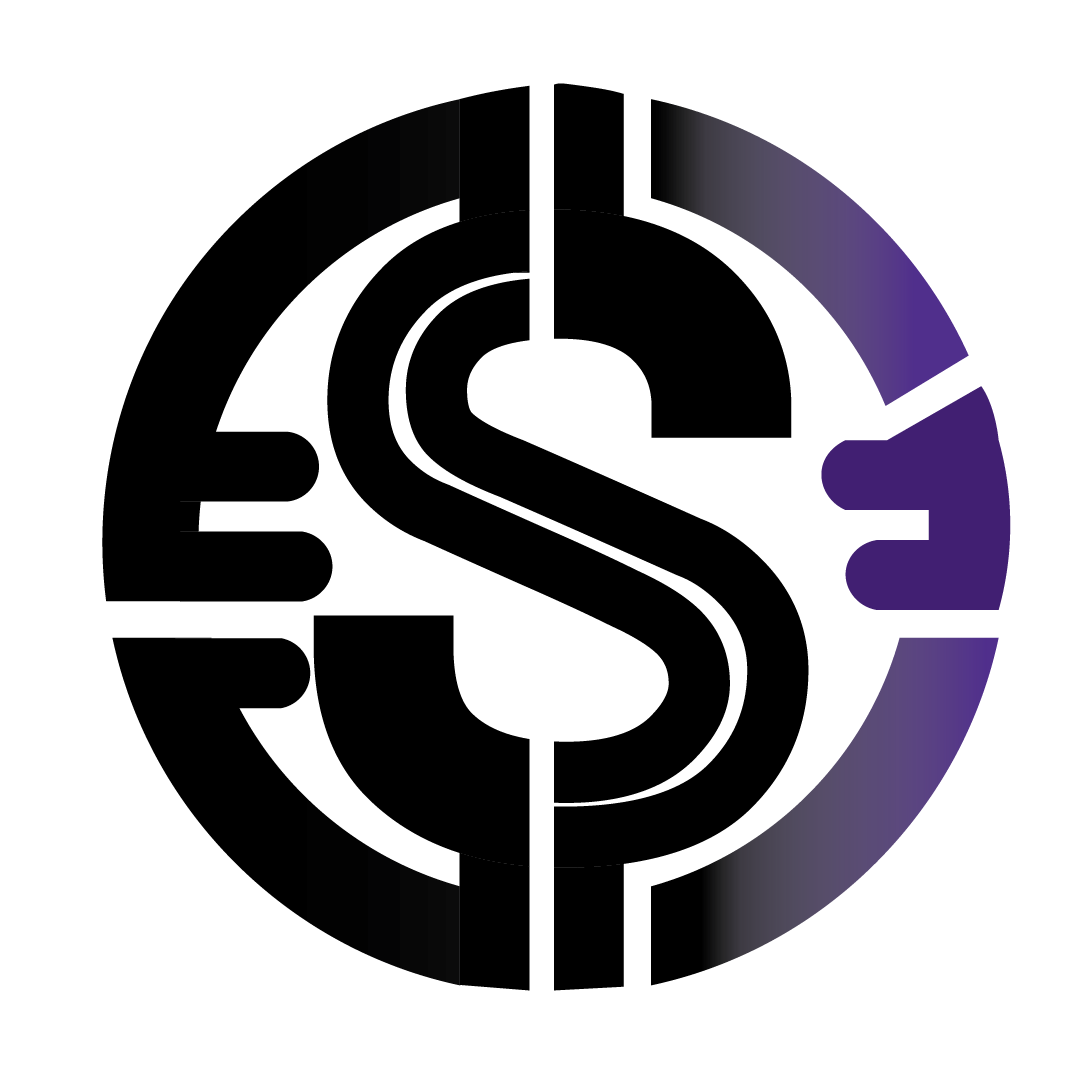In the world of auto loan collections, tackling overdue payments is a critical aspect of ensuring the financial health of companies. Implementing an effective recovery system and making strategic recommendations for handling overdue payments are key components in this process. Let’s delve into the details of how companies can navigate the challenges of overdue payments in auto loan collections.
Key Takeaways
- Implementing a structured recovery system is essential for efficiently recovering company funds from overdue payments.
- Closing a case or proceeding with legal action are crucial decisions that companies must make when dealing with overdue payments.
- Understanding the costs and implications of legal action is important for making informed decisions in auto loan collections.
- Regular communication and follow-ups with debtors are key strategies in resolving overdue payments effectively.
- Tailoring collection rates based on the age and amount of the accounts can optimize the recovery process in auto loan collections.
Recovery System for Company Funds
Phase One
The initiation of the recovery process is critical. Within 24 hours of an account being placed, a multi-channel approach is deployed. Debtors receive the first of four letters, while our team conducts thorough skip-tracing to update financial and contact information.
Efforts to resolve the debt include persistent daily contact attempts for the first 30 to 60 days, utilizing phone calls, emails, text messages, and faxes. The goal is to secure a resolution swiftly and efficiently.
The effectiveness of Phase One hinges on the immediacy and consistency of our collection efforts.
Should these attempts not yield results, the case transitions to Phase Two, where legal leverage is introduced. Below is a summary of actions taken during Phase One:
- First notification letter sent via US Mail
- Comprehensive skip-tracing and investigation
- Daily contact attempts through various communication channels
Persistence in this phase is key to maximizing the potential for recovery before escalating to more serious measures.
Phase Two
Upon escalation to Phase Two, the case is handed over to a local attorney within our network. This marks a critical shift in the recovery process, as the attorney’s involvement adds a layer of seriousness to the debtor’s situation. The attorney’s first action is to draft a demand letter, which is then followed by persistent attempts to contact the debtor through various communication channels.
- Demand letter drafted on law firm letterhead
- Persistent contact attempts via phone
If these intensified efforts do not yield a resolution, a detailed report is prepared for the client. This report outlines the challenges encountered and provides a clear recommendation for the subsequent phase.
The involvement of legal counsel signifies a pivotal moment in the collections process, often prompting a more immediate response from the debtor.
Phase Three
Upon reaching Phase Three, the path forward becomes clear. The decision hinges on the viability of asset recovery. If prospects are dim, we advise closure of the case, incurring no further costs to you. Conversely, should litigation appear promising, a choice presents itself.
- Opt out and withdraw the claim at no cost.
- Continue standard collection efforts.
- Proceed with legal action, bearing initial legal costs.
The decision to litigate requires careful consideration of potential recovery versus upfront expenses.
Legal fees for proceeding typically range from $600 to $700, based on jurisdiction. These cover court costs, filing fees, and other related expenses. Should litigation not yield results, rest assured, no additional fees will be owed to our firm or the affiliated attorney.
Here’s a quick glance at our competitive rates:
| Claims Submitted | Accounts < 1 Year | Accounts > 1 Year | Accounts < $1000 | Attorney Placed |
|---|---|---|---|---|
| 1-9 | 30% | 40% | 50% | 50% |
| 10+ | 27% | 35% | 40% | 50% |
Recommendations for Overdue Payments
Closure of the Case
When recovery efforts reach a standstill, closure of the case may be the most prudent course of action. Decisive closure ensures no further resources are expended on a fruitless pursuit. It’s a step taken when the likelihood of asset recovery is deemed low after a meticulous review. This decision absolves clients from any financial obligations to the firm or affiliated attorneys for the case.
Closure does not equate to abandonment. Clients retain the option to resume standard collection activities, such as calls and emails, at no additional cost. This allows for a persistent yet cost-effective approach to debt recovery.
The closure process is a strategic decision, marking the end of exhaustive efforts and the beginning of alternative, less intensive recovery methods.
The fee structure for collections is straightforward and contingent on success:
- For 1-9 claims, rates vary from 30% to 50% of the amount collected, depending on the age of the account and the amount due.
- For 10 or more claims, the rates are slightly reduced, reflecting the volume of business.
These rates are competitive and tailored to the specifics of each case, ensuring alignment with clients’ financial interests.
Proceeding with Legal Action
When the decision to pursue legal action is made, it signifies a critical juncture in the collections process. Legal action is a definitive step towards recovering overdue payments, but it comes with inherent costs and considerations. Initial legal fees, including court costs and filing fees, typically range from $600 to $700, depending on the debtor’s jurisdiction.
Upfront payment of these fees is required to initiate a lawsuit for the recovery of all monies owed. Our affiliated attorney will represent your interests, aiming to secure not just the overdue amount, but also the costs incurred in filing the action. Should the litigation efforts not result in collection, the case will be closed, and no further fees will be owed to our firm or the affiliated attorney.
It is essential to weigh the potential recovery against the upfront costs and the likelihood of successful collection.
The following table outlines the collection rates based on the number of claims and other factors:
| Claims Submitted | Accounts < 1 Year | Accounts > 1 Year | Accounts < $1000 | Attorney Placed Claims |
|---|---|---|---|---|
| 1-9 | 30% | 40% | 50% | 50% |
| 10+ | 27% | 35% | 40% | 50% |
Each case must be evaluated on its own merits, considering the debtor’s assets and the likelihood of recovery. The decision to proceed with litigation is not one to be taken lightly, but it is an available avenue for those seeking to enforce their rights and recover funds that are rightfully theirs.
Frequently Asked Questions
What is the Recovery System for Company Funds?
The Recovery System for Company Funds consists of three phases. Phase One involves sending letters to debtors, skip-tracing, investigating, and attempting to contact debtors. Phase Two includes forwarding the case to affiliated attorneys for legal action. Phase Three offers recommendations for closure of the case or proceeding with legal action.
What happens if recovery is not likely in Phase Three?
If recovery is not likely in Phase Three, the case may be recommended for closure, and you will owe nothing to the firm or affiliated attorney. Alternatively, litigation may be recommended, requiring upfront legal costs. If litigation fails, you will still owe nothing to the firm or attorney.
What are the rates for the Recovery System?
The rates for the Recovery System vary based on the number of claims submitted and the age of the accounts. Rates range from 27% to 50% of the amount collected, depending on the specific circumstances of the accounts.
What actions are taken in Phase One of the Recovery System?
In Phase One, letters are sent to debtors, skip-tracing and investigations are conducted, and attempts are made to contact debtors via various methods such as phone calls, emails, and faxes. If all attempts fail, the case proceeds to Phase Two.
What happens in Phase Two of the Recovery System?
In Phase Two, the case is forwarded to affiliated attorneys who draft letters demanding payment from debtors. Attorneys also attempt to contact debtors and provide recommendations for the next steps if no resolution is reached.
What are the options if legal action is recommended in Phase Three?
If legal action is recommended in Phase Three, you have the choice to proceed with legal action by paying upfront legal costs. If litigation is unsuccessful, you owe nothing to the firm or affiliated attorney.

